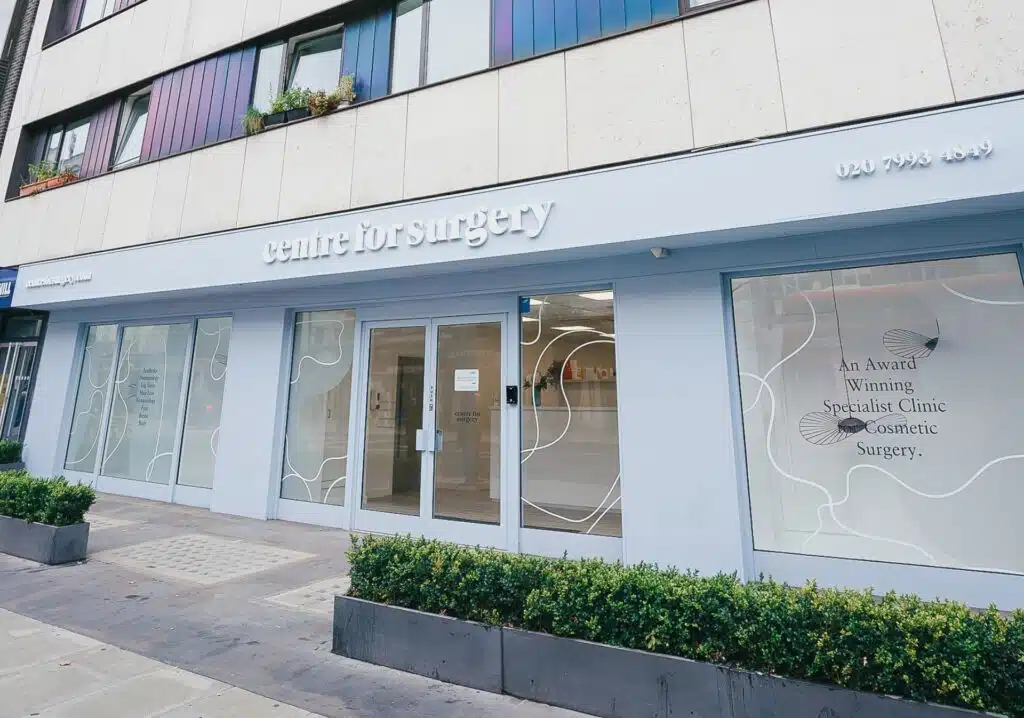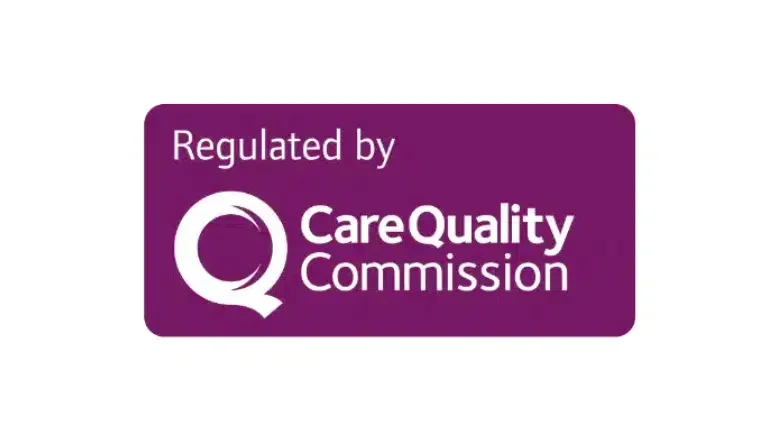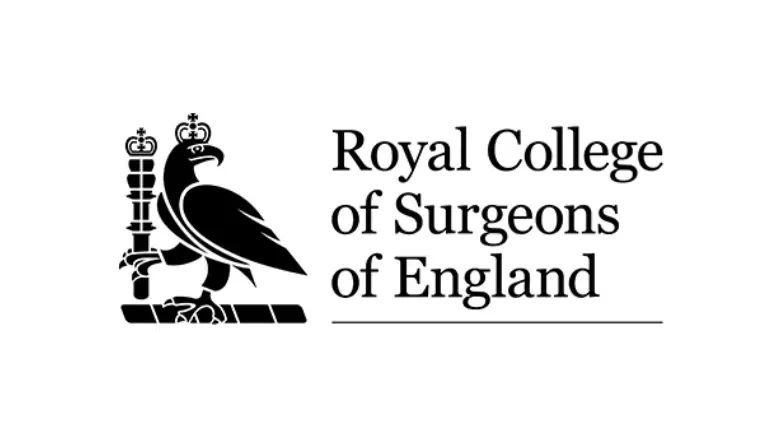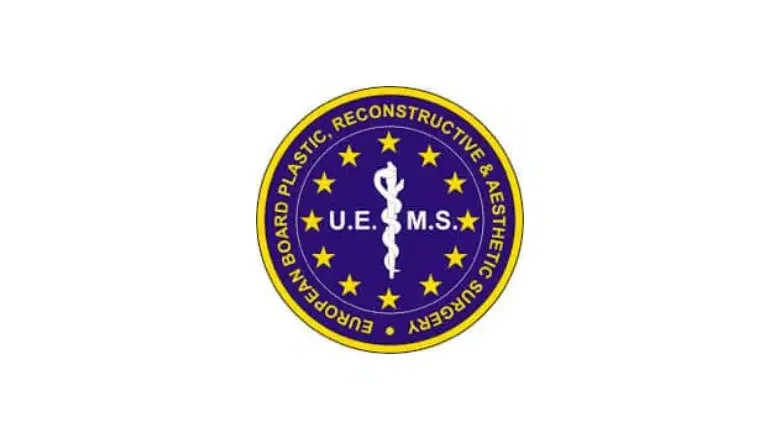Understanding How to Deal with Scars from Enlarged Male Breasts and Effective Treatments
When men have bigger breast tissue than what’s considered normal, it’s called gynecomastia. This isn’t just about gaining weight; it’s a separate condition that can happen even if you’re fit and healthy. The root cause is an imbalance between two hormones in your body, estrogen and male androgens. This can affect one or both breasts, and they might not always be the same size. You can see this condition at different stages of life, such as in newborns, teenagers, and older men, mainly because of hormone changes. The first step to tackling this issue is understanding what causes it. Then, you can look into the different ways to treat it, whether through lifestyle adjustments, taking medication, or, in more severe cases, going for surgery.
Here at Centre for Surgery in London, UK, we specialise in plastic surgery and have a strong track record with surgeries to treat gynecomastia. Our surgeons are committed to ensuring the best possible outcomes using various advanced plastic surgery methods. Our services are broad-ranging, covering facial, body, and breast surgeries, as well as other critical surgeries like those for cancer and traumatic injuries.
If you are considering having gynecomastia surgery, you might be worried about the potential appearance of gynecomastia scars. Here, we will give you a thorough outlook on the extent of the scarring from the surgery and useful tips on how you can reduce their appearance.
RELATED: What is gynecomastia?
What to Expect When Going Through Gynecomastia Surgery
If you’ve tried various treatments for enlarged male breasts and haven’t seen any improvements, your plastic surgeon may suggest surgery as the next step. When it comes to gynecomastia surgery, the aim is to remove the extra breast tissue and reshape your chest so it looks better. There are generally two types of surgery you can have: liposuction, which only takes away the fatty tissue, and mastectomy, which removes the actual breast gland tissue.
Your journey starts with a one-on-one consultation at our Baker Street clinic. In this meeting, your condition will be evaluated, we will discuss the best surgical approaches for your case, and you will be informed about any potential risks or complications. This is your chance to ask all the questions you have and really understand what the surgery involves.
When the day of the surgery arrives, you’ll be put under general anaesthesia, so you’ll be asleep and won’t feel anything. The actual procedure takes around 90 minutes. After you wake up, you might feel a bit sore and notice some swelling, but don’t worry, these are manageable with medication. To help with the swelling, you’ll also have to wear a special tight-fitting garment for a few weeks.
We specialise in this kind of procedure, among many other plastic surgery services. Our team is committed to providing you with the best possible care throughout your gynecomastia treatment journey.
Understanding Scarring After Gynaecomastia Surgery: What to Expect and How to Manage It
Once you’ve grasped what gynecomastia surgery involves, it’s time to look at what comes after—specifically, the scars. The topic of scarring is often a big concern for many men who are considering this type of surgery. Gynaecomastia scars are the visible traces that remain on your skin once the surgical wounds have completely healed.
The look of these scars can vary quite a bit from person to person, depending on several things. First, the type of surgery you have—whether it’s liposuction or mastectomy—can affect the size and location of the scars. Second, how your body heals naturally will also play a role; some people’s skin heals with minimal scarring, while others may have more prominent scars. And third, how well you take care of the operated area after the surgery can also influence how the scars look in the end.
In some instances, the scars might be quite noticeable and could impact your satisfaction with the surgical results. Many people worry about this, and it should be discussed in detail with your surgeon prior to the procedure.
But it’s crucial to understand that scars are a normal part of your body’s way of healing. When you first get the surgery, the scars may appear red and quite obvious, but over time they will likely fade and become less and less noticeable. Factors like your age, skin type, and overall health can influence the speed and extent to which this happens. Some medical creams and treatments can also help scars fade more quickly, and this is something you could discuss with your plastic surgeon.
Understanding the Three Phases of Healing for Gynaecomastia Scars
Knowing the different stages of how gynecomastia scars heal can help you manage your expectations and properly care for the surgical area. The healing process generally happens in three main phases: the inflammatory phase, the proliferative phase, and the remodelling phase.
The Inflammatory Phase
The first stage, known as the inflammatory phase, kicks in right after your surgery and usually lasts for a few days. This is the initial reaction of your body to the surgical procedure. During this period, it’s normal to see some redness, swelling, and feel a bit of discomfort or soreness in the treated area. You’ll be most sensitive during this stage, and it’s essential to follow your surgeon’s instructions for care to ensure a smoother healing process.
The Proliferative Phase
Following the inflammatory phase, you enter the proliferative phase, which can extend over several weeks. In this stage, your body starts generating collagen—a crucial protein that helps to rebuild and strengthen the tissue where the surgical incision was made. You’ll notice that the scar starts to become firmer and may change in colour. Proper wound care during this phase can significantly affect how well your scar heals, so continue to follow medical advice closely.
The Remodelling Phase
Lastly, we have the remodelling phase, which is the longest stage and can last anywhere from several months up to a year. During this time, your scar will undergo multiple changes. It starts to mature, fade, and becomes less noticeable as it begins to match more closely with your natural skin tone. This stage is also when scar treatments—such as silicone gel sheets or scar creams—can be most effective. The scar’s appearance during this phase will likely be a good indicator of how it will look in the long run.
Will I have scars after gynecomastia surgery?
Gynecomastia surgery normally requires incisions to be made around the nipples. The size of these will depend on how much chest tissue requires removal and whether or not liposuction is also required. Most patients find that the appearance of scars diminishes significantly after a few weeks.
RELATED: How to get rid of Gynecomastia without surgery?
What factors could affect the appearance of male breast reduction scars?
Several factors will determine the extent of your scarring:
- The technique used by the surgeon
- Genetic make-up
- How seriously aftercare is taken
Surgical Technique
The procedure must be done with a high level of precision to ensure the most attractive and natural results. The scars left behind are determined by where the incisions are made on the chest and their size.
Normally, incisions around the nipple are made with a very thin excision device, which means they will not be very noticeable once they have healed. A larger opening means a larger area for scarring, but large incisions are not normally needed for gynecomastia surgery.
RELATED: How to prepare for gynecomastia surgery
Genetics
Some people are more prone to significant scarring than other people are and this is often related to genetics with prominent scars often running in the families. Scars are the body’s response to injury to promote healing and they reduce infection around targeted areas.
Proper aftercare
Many people believe that your surgery’s results depend solely on the surgeon’s precision and efficiency. This is inaccurate, however. In a lot of cases, the visibility of scarring can be increased by poor aftercare. The incision area has to be looked after properly, and this includes:
- Proper cleaning
- Massaging
- Avoiding the sun
Gynecomastia recovery step-by-step
The timeline for recovery varies depending on your particular case and the way your body heals from an injury. During recovery, your scars will go through what is called a maturation process. This is where the appearance of the scar improves with time. The most significant side effects will occur during the first few days. It is important to rest for a week to prompt healing fully. As your stitches dissolve, the scars will be most visible and red in appearance, but the bruising will start to go away. During this time, it is important to keep the incisions clean. This will help to ensure smooth scars that will fade.
RELATED: Male Chest Reduction Surgery in London
After a week of rest, you will notice that the swelling and bruising will have faded significantly, improving the appearance of your newly contoured chest. Our nurses at our Baker Street clinic will offer your first follow-up at this stage in one week. This follow-up is to check your progress, review your incisions and answer any questions you may have. You will now also be able to continue your daily activities without much pain.
After two weeks, most men will now be back to their usual selves and be able to engage in light exercise (in moderation). At the end of the second week, you should be able to sleep on your side if your surgeon says it is okay. You may continue to feel tingling in your scars, but this is due to the healing of small nerve fibres in the incision site. This will gradually disappear over the first few weeks. After four weeks, any swelling and bruising will be almost gone. Additionally, your stitches should have dissolved; scars will form during this time as the body’s supply of blood and collagen increases to help the skin heal. These will show in the form of thick and dark scar tissue.
By the time patients reach six weeks, this often marks the end of the recovery process from gynecomastia surgery. You can now engage in any form of exercise and sleep in any position. Signs of swelling and bruising will have all but disappeared. You will no longer have to wear your compression garment from here. This means that you can enjoy your new chest to its full potential without fear of embarrassment.
How to Minimise Scars after Gynaecomastia Surgery
Avoid excessive sun exposure
It is important to keep scars out of the sun because broken skin is more at risk of being burned. Burning will make the scar much darker and could result in permanent hyperpigmentation. It is important to apply SPF 50 sun protection to your scars. Try not to be in constant sunlight for more than a couple of hours unless your gynecomastia surgery scars have faded significantly.
RELATED: Effects of Tanning on Cosmetic Surgery Scars
Prioritise hygiene
Plastic surgeons, by their nature, are wound-care experts. You should, therefore, follow their advice in full. Proper hygiene following surgery is very important so that your wounds heal properly. One benefit of gynecomastia surgery is that you can wash immediately after undergoing it.
- Wash the wound with antimicrobial soap (chlorhexidine body wash) and clean water to avoid infection.
- Avoid heavily fragranced soaps so you don’t irritate the wound
- Aim to wash the wounds every day and keep them clear of dirt and sweat. Apply a fresh dressing each time to protect the healing incisions.
Use silicone sheets and scar gels
By hydrating the scar tissue, silicone works well with scars to reduce their visibility following surgery. It also helps to prevent the production of excess collagen and the darkening of scars. Our post-operative nurses can recommend the best silicone products to use.
RELATED: Do Silicone Strips Help Cosmetic Surgery Scars Heal Better?
Whether you go with silicone sheets or gel, remember that they should only be used when incisions have fully closed and not while they are still healing.
Ways to Deal with Scars from Male Breast Reduction Surgery
When you’ve had male breast reduction surgery, you may be wondering how to tackle any remaining scars. Good news—there are plenty of ways to help improve how these scars look. Many experts say that using silicone-based sheets or gels is one of the best methods for this. These silicone products have been carefully tested and are proven to make scars look better by making them smaller, lighter in colour, and smoother to the touch.
Another treatment we often recommend is laser therapy. This technique uses focused beams of light to either remove or reshape the scar tissue, usually resulting in a smaller, less noticeable scar.
However, it’s worth mentioning that we’re all different—what works wonders for one person might not be as effective for another. That’s why it’s essential to have a chat with a specialist plastic surgeon before you start any treatment for your scars. They can provide tailored advice that’s right for you.
What are the different types of Gynecomastia Surgery?
Liposuction
Liposuction is often done combined with gynecomastia to define the chest further. This procedure requires small, minimal incisions and fat extraction with a cannula. Normally, the residual marks from liposuction are insignificant, meaning you won’t have to worry about the scars even after more than one treatment.
Surgical Excision
Excess breast tissue is removed surgically. This requires the surgeon to manually remove the tissue from below the skin. Although this procedure may be invasive, it is the most effective method of treating enlarged and persistent breast tissue. Liposuction alone is not effective for the removal of glandular tissue.
BodyTite skin tightening
During the closure of the skin, the skin around the breast is tightened. This is to ensure there is no excess and saggy skin which creates an undesirable look. Some patients may notice excess skin on the chest that will contribute to the appearance of gynecomastia. If this happens, the surgery can be paired with skin tightening treatments such as BodyTite.
BodyTite removes fat and tightens the skin. It does this by delivering radio frequency energy to fat cells to melt them before removal with liposuction.
FAQs about Gynaecomastia Scars
How visible are the scars from gynecomastia treatment?
The visibility of scars after treating man boobs, or gynecomastia, varies a lot. It’s down to how your surgeon carries out the surgery and how your own body heals. Surgeons generally aim to make the cuts in areas where the scars will be least obvious. As time passes, you’ll often find these scars fading and becoming more challenging to spot. But remember, everyone, heals differently, so some might end up with scars that stand out more than others.
How do you massage scar tissue after gynecomastia treatment?
If you want to improve the look of your scar after gynaecomastia surgery, massaging can help. It can make the scar flatter and softer over time. To start, put some unscented lotion or oil on your fingers to cut down on friction. Then, gently rub the scar and the skin around it in a circular motion. Do this for a few minutes every day, but only after the wound is completely healed and you’ve got the green light from your plastic surgeon.
Does gyno surgery hurt?
Having surgery for gynaecomastia shouldn’t hurt since you’ll be under general anaesthesia. After waking up, you might feel a bit sore and swollen, but that can usually be managed with painkillers your doctor prescribes. The discomfort you’ll feel after the operation differs from person to person, but most find it tolerable and short-lived.
What is the gyno surgery recovery time?
How long it takes to recover after gynecomastia surgery depends on the extent of your surgery and your overall well-being. Most people can return to a job that doesn’t require heavy lifting within one to two weeks. If you’re into sports or any strenuous activities, expect to wait about six weeks to dive back in fully. Your surgeon will give you a personalised plan for your recovery.
Can gynecomastia surgery have bad results?
Like any operation, there are risks involved with gynecomastia surgery that could lead to outcomes you’re not happy with. These could range from infections and bleeding to issues like uneven chest or changes in how your nipples feel. Picking a highly skilled and experienced plastic surgeon can make these risks much less likely. Before you go ahead with the surgery, have a detailed chat with your plastic surgeon to ensure you have a realistic idea of what to expect.
Why Choose Centre for Surgery for Your Gyno Surgery in London
Deciding to undergo gyno surgery is a significant choice, and it’s crucial to select the right surgeon for your needs. Centre for Surgery in London is well known in the plastic surgery field. Here are compelling reasons why you should consider us for your gyno surgery.
Unparalleled Expertise
Our team consists of specialist plastic surgeons with extensive experience specifically in gyno surgery. Utilising advanced surgical techniques, our professionals ensure optimal outcomes with a focus on patient safety and satisfaction.
Cutting-Edge Facilities
Centre for Surgery offers a state-of-the-art clinical environment equipped with the latest technology. Our operating rooms are meticulously sterilised, conforming to the highest standards of surgical care.
Bespoke Treatment Plans
We recognise each patient’s individuality and unique medical requirements. As such, we offer bespoke treatment plans tailored to your specific needs, ensuring that you receive the most effective care.
Full Transparency
Our commitment to transparency means that there are no hidden costs or surprises. Every aspect of your surgical journey, from initial consultation to post-operative care, is clearly outlined.
Patient Testimonials
Here’s what our patients have to say about their experience:
- “I had my gyno surgery at Centre for Surgery and the results are amazing. The team was professional and made me feel comfortable from start to finish.” – Mark J.
- “The aftercare I received was top-notch. I’m extremely satisfied with the outcome and the entire experience.” – Emily R.
- “Choosing Centre for Surgery was the best decision I ever made. From the excellent service to the remarkable results, I couldn’t have asked for more.” – Darren S.
Easy-to-Reach Location
Situated at 95-97 Baker Street in the heart of London, our clinic is easily accessible, whether you’re travelling by public transport or coming in your own vehicle.
Booking Your Consultation
Ready to take the first step towards improving your life? Book a consultation with our expert surgeons to discuss your surgical needs and options.
📞 Phone: 0207 993 4849
📧 Email: contact@centreforsurgery.com
📍 Address: 95-97 Baker Street, London W1U 6RN
For more insights and detailed information about gyno surgery and other plastic surgery procedures, you’re invited to visit our Plastic Surgery Blog.
Choose Centre for Surgery for your gyno surgery in London and take the first step towards a more confident you.













